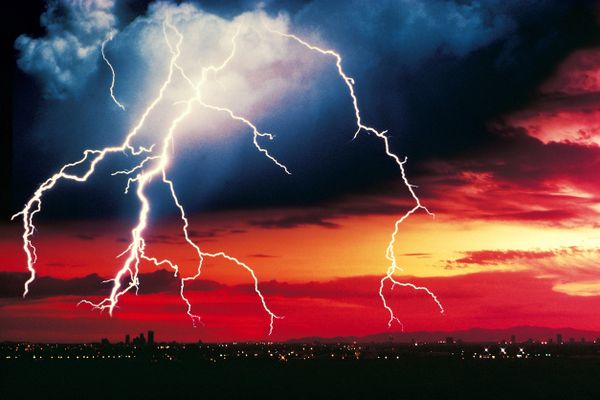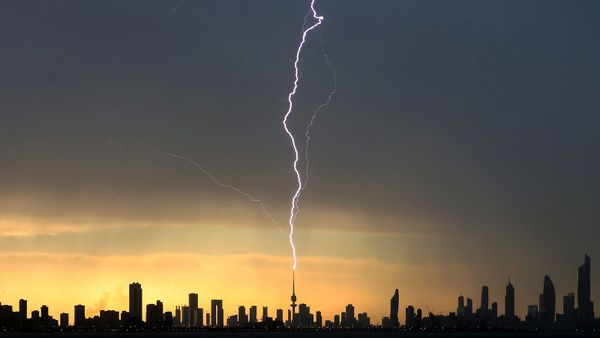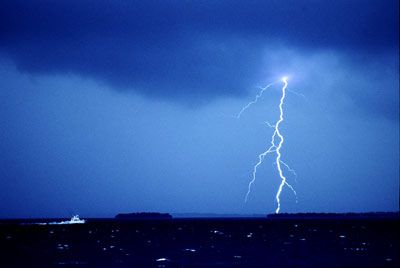The ability to tell when you should avoid being outside sounds simple enough. Say, if it's pouring rain, your brain might give you a heads-up that you'll get wet. Maybe it's so windy that a tree has fallen across the sidewalk: The old noggin might kick in and tell you to stay inside to avoid getting beaned by a branch. And if you're hearing thunder, you'll probably find yourself thinking it's not the best time to vigorously practice calisthenics in the yard.
And the deal really is that simple: If you do hear thunder, you're absolutely at risk for a lightning strike. That is, you're as at risk for a lightning strike as one ever is.
Advertisement
The National Weather Service gives you pretty favorable odds, with a one in 12,000 chance of getting hit by a bolt from above over the course of your life [source: National Weather Service].
If there is thunder in the area, the only cause is lightning. But long story short, you're not going to hear thunder just because there are clouds in the area. And if lightning is present — even if you can't spot it right away — you're at risk for being struck.
A lightning bolt can travel a great distance. Strikes have even been known to occur 25 miles from the bolt's cloud of origin. This makes a lot more sense if you remember that lightning doesn't travel in a straight line down to the ground; it can reach horizontally across the sky before making contact below.
Advertisement



